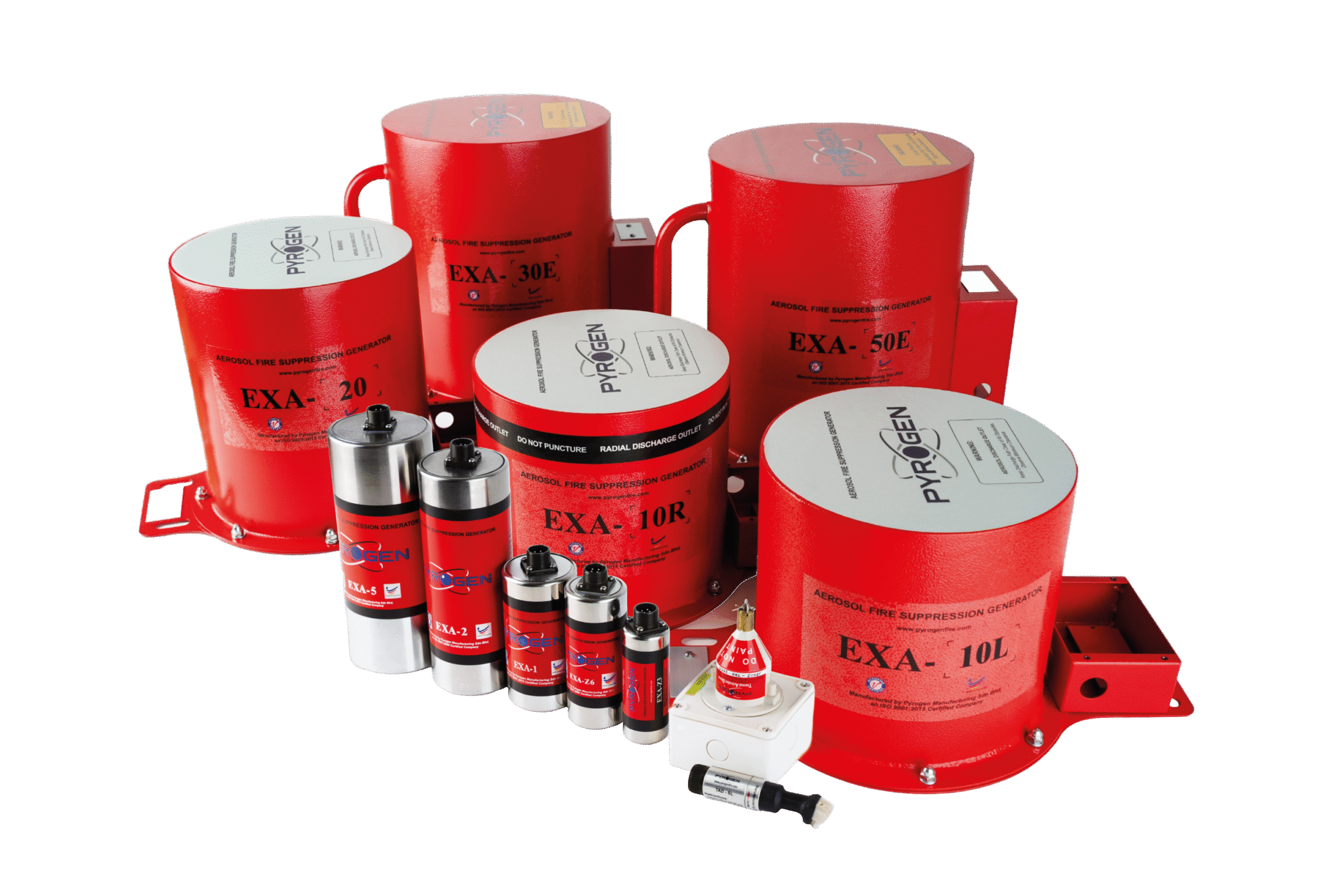
Fire safety and risk management are fundamental priorities in the data and telecommunications sector, where uninterrupted service delivery is paramount. These organizations depend heavily on complex and densely packed infrastructure, including servers, networking hardware, and power distribution units, all of which operate continuously and often at high loads. In this context, even a minor fire incident can cause significant operational disruptions, damage critical infrastructure, and threaten overall business continuity.
Fire risks in this sector arise from a range of technical and environmental factors. Common ignition sources include malfunctioning power supplies, faulty electrical connections, and power surges. Additionally, operational challenges such as inadequate cooling, poor ventilation, and excessive heat accumulation can further increase the risk of thermal events. Once a fire starts, the resulting smoke, heat, and even fire suppression efforts (e.g., water-based systems) can damage sensitive electronics, disrupt service delivery, and pose safety hazards to personnel.
Given the high value and sensitivity of equipment in this environment, a comprehensive fire protection strategy is essential. Fire suppression systems must be designed not only to detect and extinguish fires rapidly but also to do so in a manner that minimizes downtime, protects critical data and assets, and prevents cascading failures throughout the facility. The goal is not only to meet fire safety compliance standards but also to ensure long-term resilience and service continuity.
The data and telecommunications infrastructure is built upon an extensive network of mission-critical components, including electrical control panels, server racks, switchboards, power converters, and telecommunications equipment cabinets. These components, while essential, also present concentrated points of fire risk. Faulty wiring, short circuits, power fluctuations, overloaded circuits, and electrical arcing are all known triggers of electrical fires in such systems.
When a fire compromises this infrastructure, the consequences can be far-reaching. Physical damage to servers and control systems can lead to catastrophic data loss, privacy breaches, and service outages. Compromised systems may also open vulnerabilities that expose organizations to cyberattacks. Additionally, equipment replacement and system restoration can result in significant financial costs, legal liabilities, and reputational harm.
The risk is especially pronounced in areas that are not continuously monitored, such as data closets, subfloor wiring zones, or remote cabinets. In these locations, a fire can go undetected until it has already spread, potentially affecting adjacent systems or facilities. Moreover, smoke and fire can jeopardize not just equipment, but also human health and safety.
To mitigate these risks, organizations must adopt advanced, fast-acting fire detection and suppression solutions specifically engineered for electronic environments. These systems must be capable of early intervention, preserving continuity of service while protecting both the physical infrastructure and the sensitive information it carries.
Preserve the core of your business operations by safeguarding critical assets and human lives from potential fire hazards.
With Pyrogen’s fire suppression systems, your operations can run seamlessly with minimal disruptions from fire incidents and your employees can work in a safe environment.
Pyrogen’s range of fire suppression systems are certified to international fire standards, environmentally friendly and manufactured with stringent quality standards.

